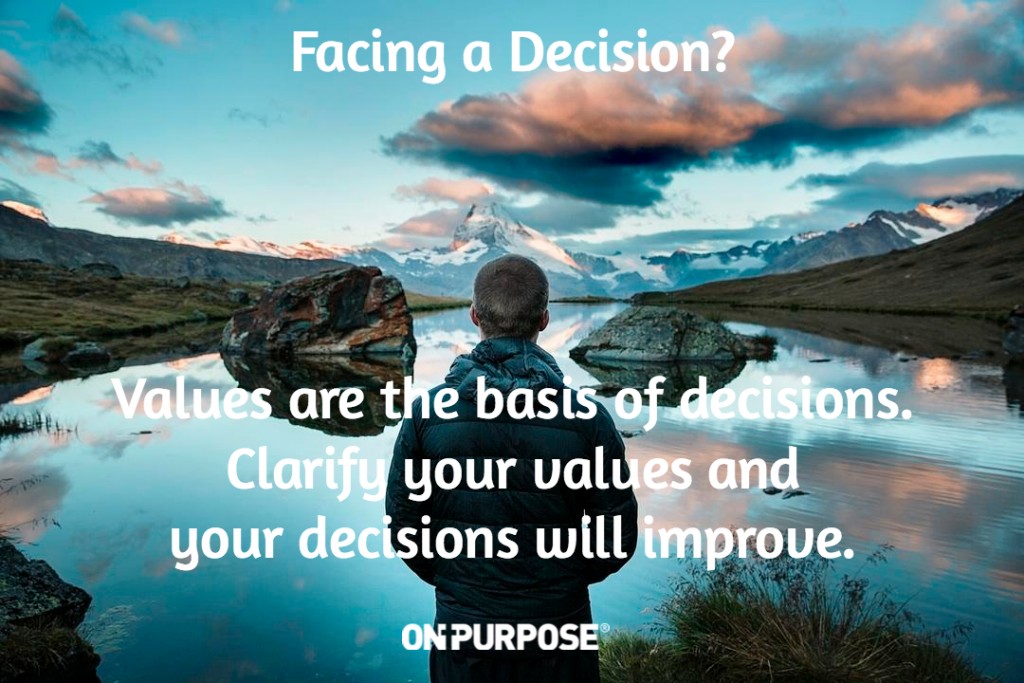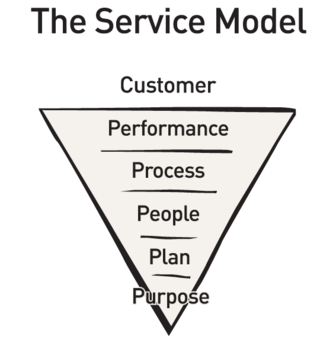This article called Why Creating A To-Do List is Derailing Your Success highlights the importance of time blocking as we do in the 24-Hour Day found on page 50 in The On-Purpose Person.
I found the article interesting reading because it says To-Do Lists actually create more stress. I admit that I use To-Do Lists irregularly within a day as a way to allow me to focus on the matter at hand. When a fleeting thought or action item comes across my brain — (shiny new object or squirrel), I find that if I capture the idea on a running list for the day, I tend to be able to get back to the matter at hand.
Writing books or client business plans, for example, are intense efforts demanding minimal interruption or distraction, yet my brain is always running with seemingly random thoughts popping in and out. If I give one an audience, then I’m an hour down the road on something else when what was really important gets put off.
Time blocking works when I work it. If I know I have 90 minutes to write something and then there’s a next time block coming for exercise, another project, a client video conference, etc. then I value that time and attention better. I’m less apt to interrupt myself because I know what the rest of my day looks like.
So what works for you?
Be On-Purpose!
Kevin
 As a person or an organization matures, decisions need to be distributed across the team to those closest to the choice. In the absence of clearly articulated and communicated values (and a 2-word purpose) even the most well-intended person makes ungoverned decisions — typically on emotion rather than values.
As a person or an organization matures, decisions need to be distributed across the team to those closest to the choice. In the absence of clearly articulated and communicated values (and a 2-word purpose) even the most well-intended person makes ungoverned decisions — typically on emotion rather than values.

